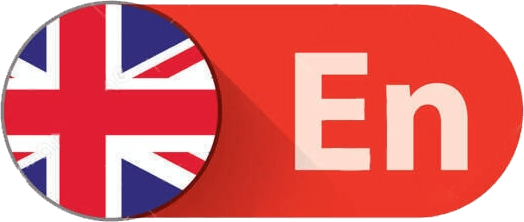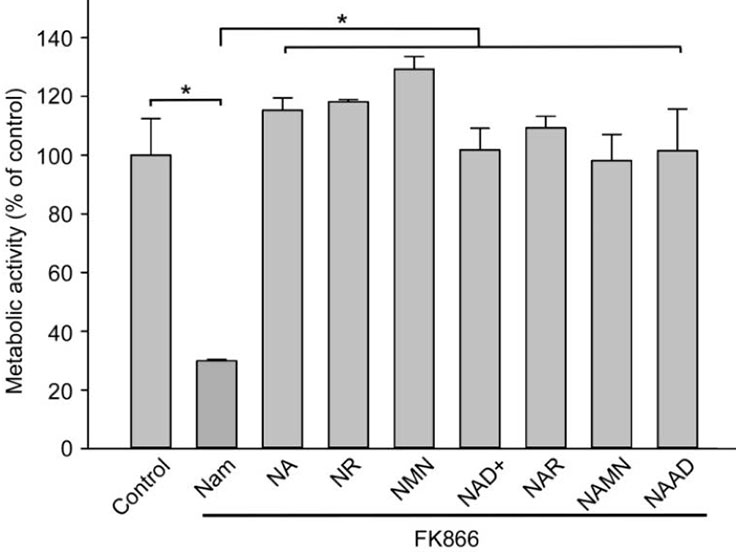A new study examines how NAD+ metabolites such as NMN, NR, and others affect intracellular NAD+ levels in peripheral tissues in the bloodstream.
Upon addition to serum outside of cells, all NAD+ metabolites restored NAD+ levels and metabolic activity INSIDE the cells. NMM proved to be the most effective.
NMN can pass the cell membrane unhindered and therefore restore intracellular NAD+ levels more effectively.
It is often claimed that NR is more effective than NMN or NAD+ because NAD+ and NMN must be partially degraded to NR in order to pass some cells’ membranes.
As a result of NMN supplements’ superior speed and effectiveness, this position has always seemed suspect. The findings of this study demonstrate that translocation through the cell membrane is not problematic.
Research in this study examined kidney cells where NAD+ and NMN are degraded to NR at the cellular membrane.
It is interesting to note that the conversion does not seem to affect cellular entry.
This conversion is carried out by enzymes on the outside of the cells themselves, which are ubiquitous.
CD73, for instance, can dephosphorylate NMN into NR and adenosine by cleaving NAD+ to NMN and AMP.
Researchers introduced different NAD+ metabolites to serum outside of cells.
According to the chart above, adding NAD+ or its metabolites to the serum OUTSIDE the cells restored the NAD+ levels and metabolic activity INSIDE the cells.
However, NMN was a bit more effective at restoring metabolic activity within cells.
NMN is supposed to have been disadvantaged in cells during which it has to be converted into NR prior to crossing the cell membrane.
The authors state:
The exogenous nucleotide NMN, NAMN, NAD+, and NAAD help maintain intracellular NAD pools as well as to produce the nucleoside NR.
Additionally, the ecto-enzyme CD73 has been shown to catalyze both the dephosphorylation of mononucleotides to NR and Adenosine and the cleavage of NAD+ to NMN and AMP.
NMN IS TAKEN UP AND UTILIZED BY CELLS IN MINUTES
Another study from Mills in 2013 shows that NMN is absorbed by cells in all parts of the body within 15 minutes of administration.
A chart depicting the results of this study by Kristian is shown on left.
In the study, NMN raised NMN and NAD+ levels in blood plasma within five minutes of administration and reached the hippocampal region within fifteen minutes.
In conclusion
All body cells and tissues utilize NMN quickly and efficiently.
NMN’s ability to cross membranes is unaffected.
As far as restoring NAD+ levels inside of cells is concerned, NMN is more effective than any other metabolite.



